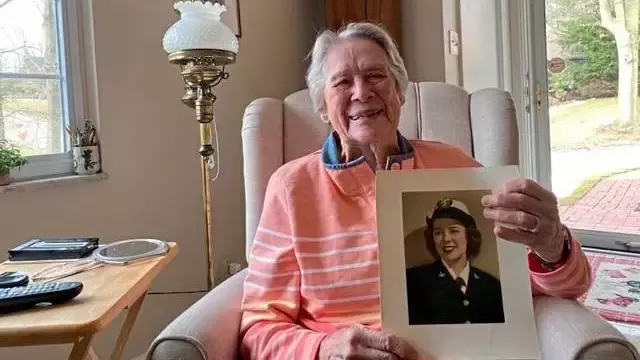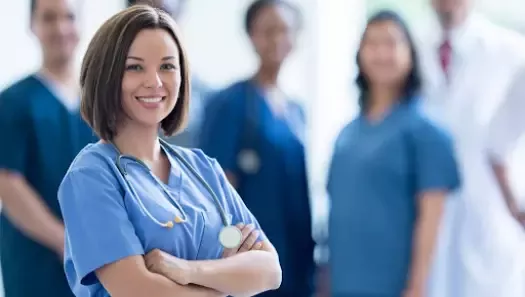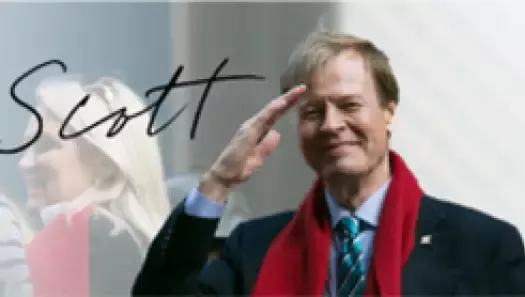HeroVet: Julia Parsons

Julia Parsons was part of the first wave of women to work in the military during World War II. As we celebrate Women’s History Month, we honor Julia for her contributions and service to our country.
Just last week, she celebrated her 100th birthday. A Navy lieutenant, she served as a code breaker in Washington, DC.
“Looking back on it, I wonder how we all had the patience to do it – but we did it,” she told CNN.
Born March 2, 1921, Parsons graduated from Carnegie Tech – which is now Carnegie Mellon University - in 1942. That summer, President Franklin Roosevelt signed the Navy Women's Reserve Act, which authorized the Navy to accept women into the Naval Reserve as enlistees and, for the first time in our nation’s history, commissioned officers who would supervise them. This Act launched WAVES, or Women Accepted for Volunteer Emergency Service, which assigned shore duties to women in order to free up male soldiers for sea duty.
Decoding enemy messages was one such shore job performed primarily by women like Parsons. She completed cryptology training at the Naval Reserve Midshipmen’s School in 1943 and went to the capital to join OP-20-G, a code-breaking unit.
Though she had only taken two years of German in high school, she was selected to work on one of the first computers, called “The Bombe,” to decode German U-boat messages sent via the Enigma machine. She decoded messages that revealed where submarines planned to meet, their mission destinations, and weather conditions. She also came across personal messages like birthday wishes and death announcements, coming to feel like she really knew the submarine skippers from reading their correspondence.
The classified information she had access to was top secret. She couldn’t share it, not even with her husband Don, whom she met in the service and was later married to for 62 years before he passed away.
She didn’t break her silence until nearly 50 years later. In the late 1990s, she discovered the information had been declassified and she could begin speaking about her experiences.
“It was a blow to my pride to not be able to talk about it because everyone thought I was a secretary. I'd say, 'Well, I had a desk job.' And they'd say, 'Well, that's what we thought women would get.' And that was hard because I couldn't talk about it.”
"The top bananas said that women couldn't keep a secret, but we showed them that we could," she added.
What’s her secret to making it 100?
"Don't ever admit you can't do anything if you haven't tried to do it,” she told AARP. “Old people just kind of accept their limitations and drop out. My whole theory on my longevity is that I just kept telling people, ‘I can still do that.'" Her mother, Margaret Potter, lived to be 100 and 1/2. Julia has three children, eight grandchildren, 11 great-grandchildren.
“The 100 struck me. I thought, 'For heaven's sake. How did this happen?,'” she said. “You live day after day, and all of a sudden, you're 100. I've been very fortunate. I've never had a serious illness. It's an odd feeling. It's really odd."
Photo credit Joanne Klimovich Harrop, Tribune-Review.



